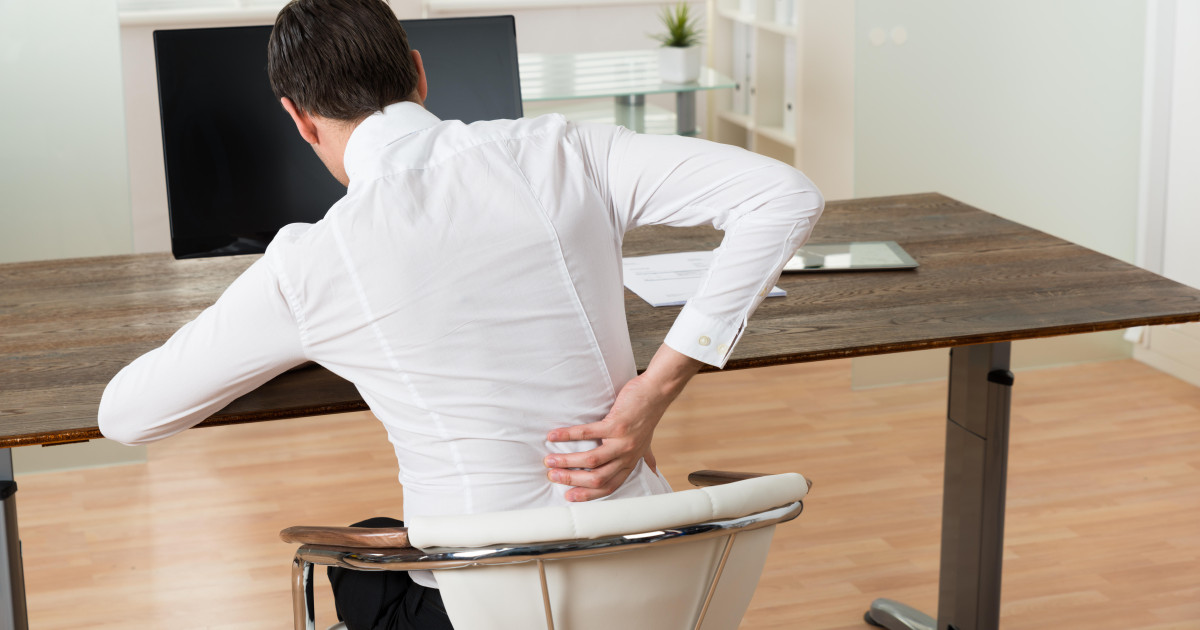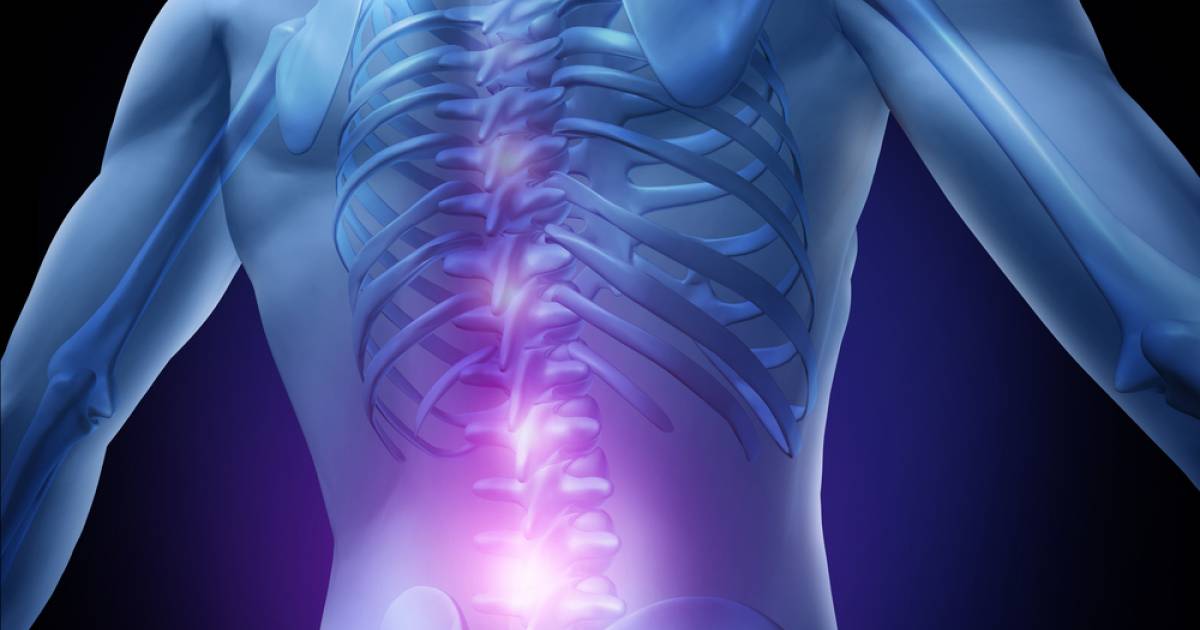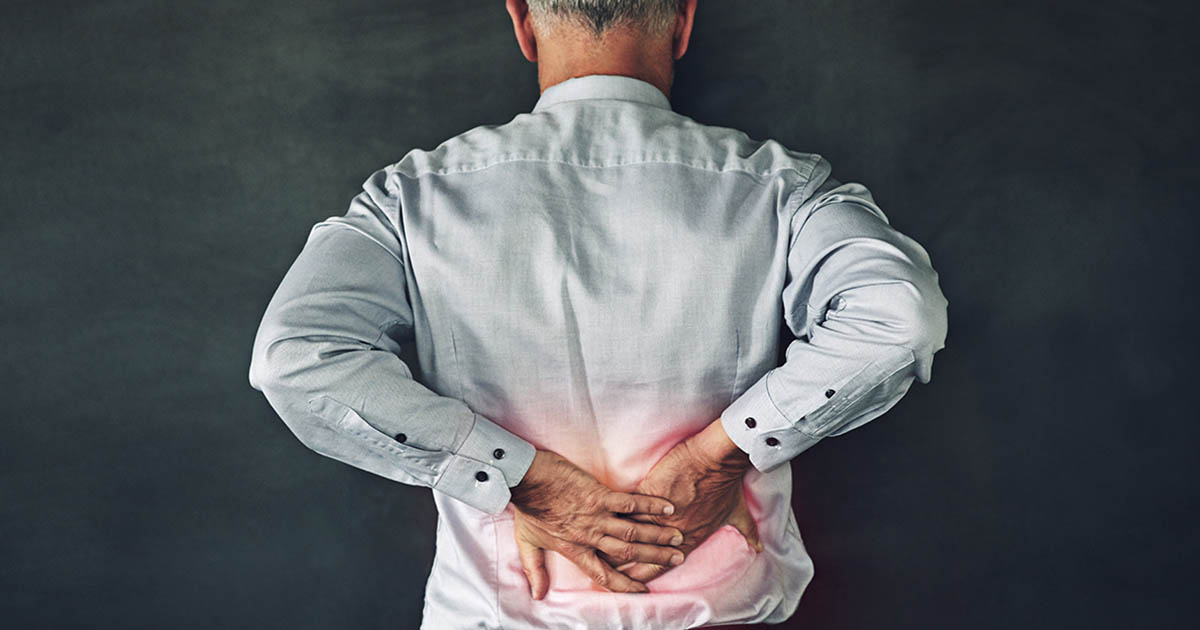Guide To The Common Causes Of Back Pain
Back pain can cause individuals to miss work, and it's one of the most prevalent reasons they schedule doctor's appointments. Various forms of back pain cause disability all over the world. The majority of individuals experience some kind of back pain at some point in their lives. Back pain is often caused by muscle issues, problems with the spine, or injuries. It's possible to take measures that relieve or prevent episodes of back pain. In the majority of cases, at-home treatment can help ease back pain. Only in rare cases is surgery necessary to treat it. If individuals are experiencing chronic back pain, they should see a doctor to make sure there's not a more serious underlying condition that needs to be diagnosed.
Ligament Or Muscle Strain

A ligament or muscle strain is liable to cause pain in an individual's back. The location of the pain will vary depending on the muscle or ligament that was strained. Muscle strains usually occur due to overuse or overstretching of the back muscles. If individuals work a job that requires them to perform repetitive heavy lifting, they're at a higher risk of straining muscles in their back. Individuals in poor physical shape can easily strain their backs if they spend a day or two doing a project involving heavy lifting. This might be moving from one place to another, moving furniture, or picking up any kind of heavy boxes. Constant back strain can lead to painful muscle spasms. The more unused to activity an individual's muscles are, the easier it is to overtax them. Individuals moving their back awkwardly can also lead to strain on their muscles. Individuals might stretch and twist strangely, or they might accidentally sleep with their back or neck at an uncomfortable angle. Muscle and ligament strains can typically be treated at home with rest and ice.
Fall Or Other Injury

There are two main kinds of back injuries. The first is spondylolisthesis, which is a slipping of the vertebra. Most cases of spondylolisthesis occur at the bottom of an individual's spine. When the wing-shaped portion of the vertebra becomes fractured or defective, the vertebra can slip forward or backward over the supporting bone beneath it. The defect or fracture is referred to as spondylolysis.
The other main type of back injury is called cervical radiculopathy, which is a disturbance or damage to nerve function that occurs if a nerve root by the cervical vertebrae becomes compressed. When the nerve roots in this area become damaged, affected individuals might experience weakness, pain, and loss of sensation. The location of the loss of sensation varies depending on the location of the damaged roots. Patients might experience sensation loss in their shoulders, arms, or neck. Both types of injury may be due to genetic defects or may be caused by an impact or trauma.
Muscle Spasms

Spasms most commonly affect the skeletal muscles in the body, which are the voluntary muscles. These types of spasms most commonly occur because of electrolyte abnormalities, dehydration, and muscle fatigue due to overuse. The spasm comes on abruptly and without warning, causing pain in the muscle and surrounding tissue. Usually, the spasm doesn't last for a long time, and patients can sometimes relieve muscle spasms in their back by gently stretching out the affected muscle. They can try stretching their arms above their head, then leaning over and letting their arms dangle down toward their toes. While doing this, they should allow their back to curve as much as it can before the stretch becomes painful. Some individuals find massage helps with muscle spasms. If individuals are experiencing muscle spasms, it may be a sign they need to rest and rehydrate. Long-lasting or extremely painful muscle spasms are a reason to see a doctor. Doctors can do an examination and rule out any other potential causes of the spasm.
Damaged Disks

Damaged disks are a more serious issue that can cause back pain. The disks in an individual's back are meant to cushion the vertebrae that make up their spine. This keeps the bones from rubbing painfully against each other when the back moves. Disks have soft material inside them that can rupture or bulge. When the ruptured or bulging disk presses against a nerve, this can lead to throbbing or shooting pain in the back. However, not every ruptured or bulging disk leads to back pain. If the disk doesn't press on a nerve, individuals might not know they have one at all. Many patients only discover they have disk disease when they are getting a spinal X-ray for another reason. If individuals have a herniated disk in their lower back, they might experience pain throughout their lower back or leg. Pain that radiates from the back to the leg is often caused by the sciatic nerve, a condition called sciatica.
Arthritis

Arthritis can lead to back pain as well as pain in other joints throughout the body. There are more than one hundred kinds of arthritis. The most common type, osteoarthritis, can sometimes affect the lower back. There have been cases where arthritis has caused the space surrounding the spinal cord to narrow, which is called spinal stenosis. Osteoarthritis occurs when the cartilage cushioning the ends of the bones breaks down. When it's found in the back, the cartilage breakdown occurs in the affected individual's facet joints. These joints are the places vertebrae meet. The bones of the vertebrae can rub together and become irritated or permanently damaged. Rheumatoid arthritis has the potential to affect the spine's facet joints, although it doesn't commonly affect the back. Enteropathic arthritis can affect the sacroiliac joints, which leads to lower back pain. In addition, ankylosing spondylitis is a condition that primarily affects the joints found in the spine.
